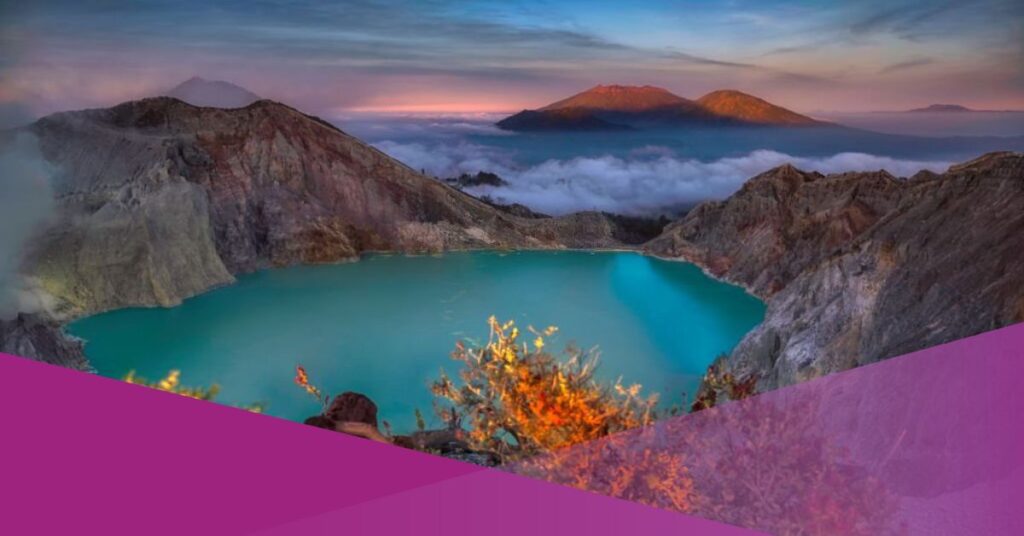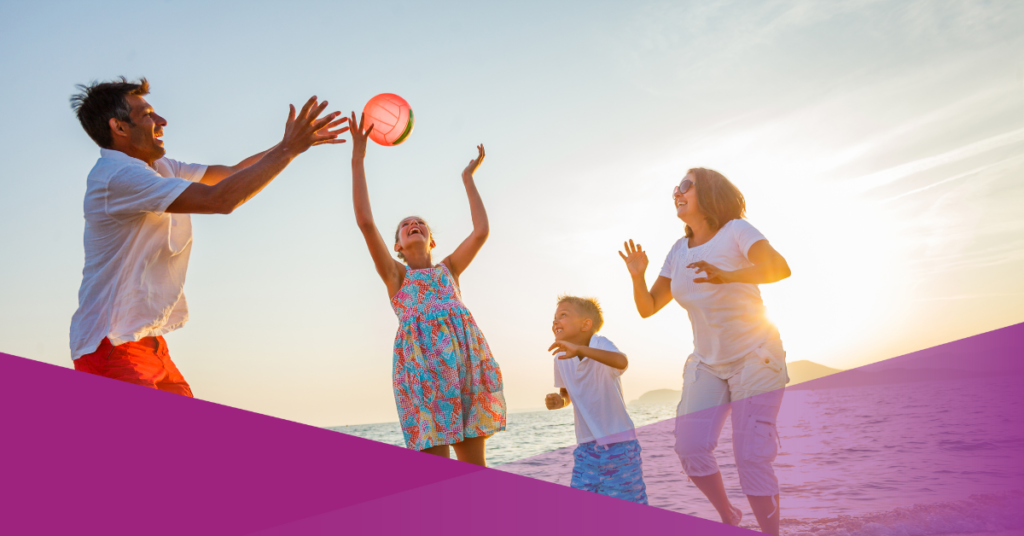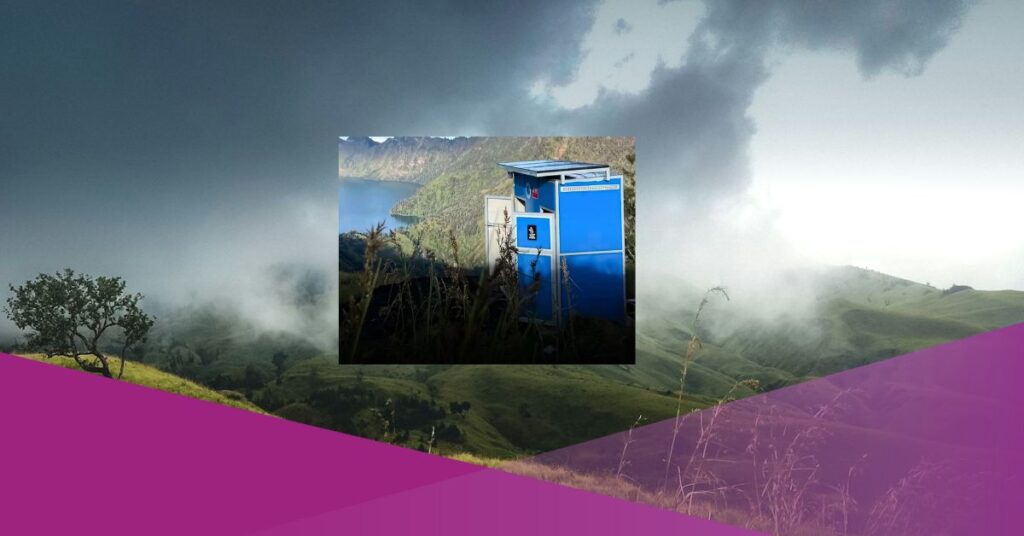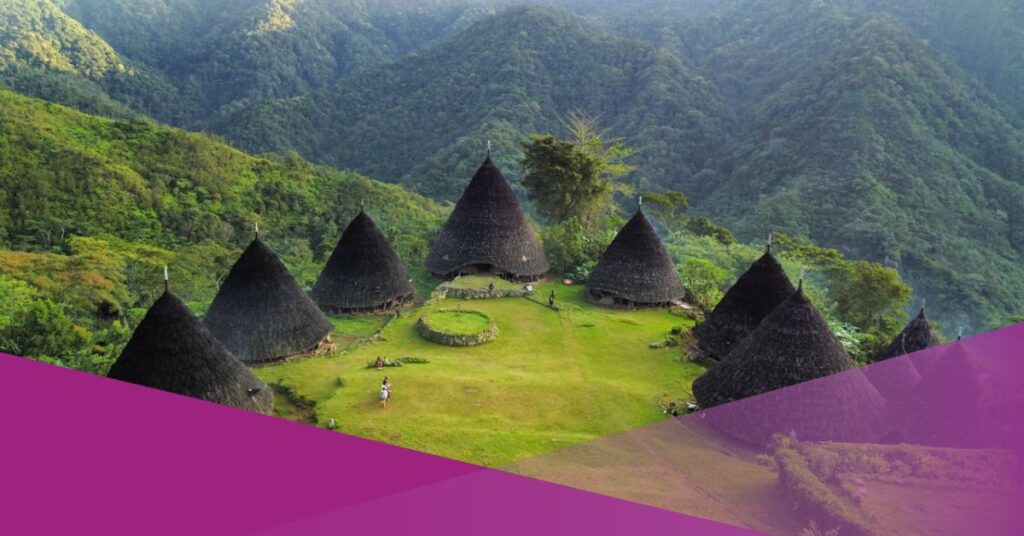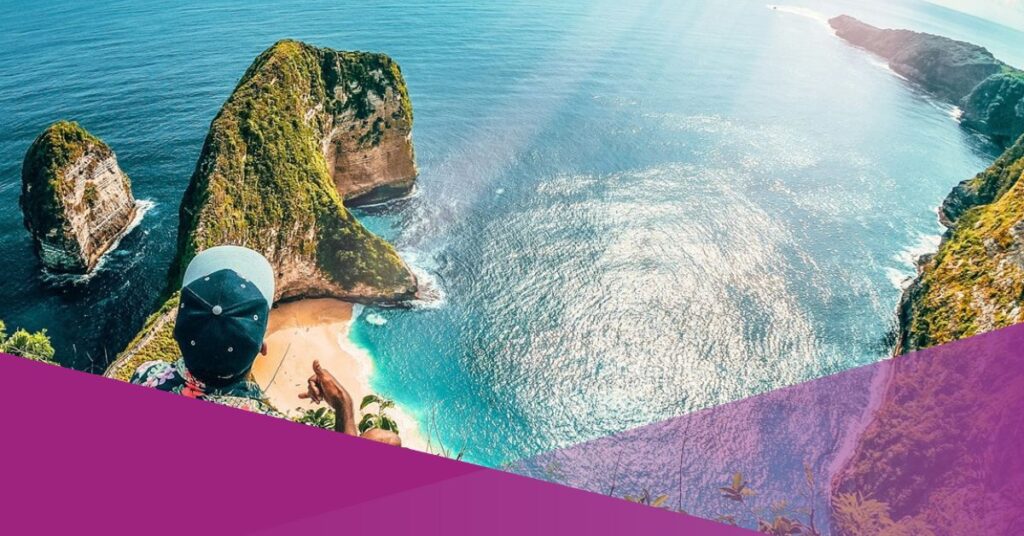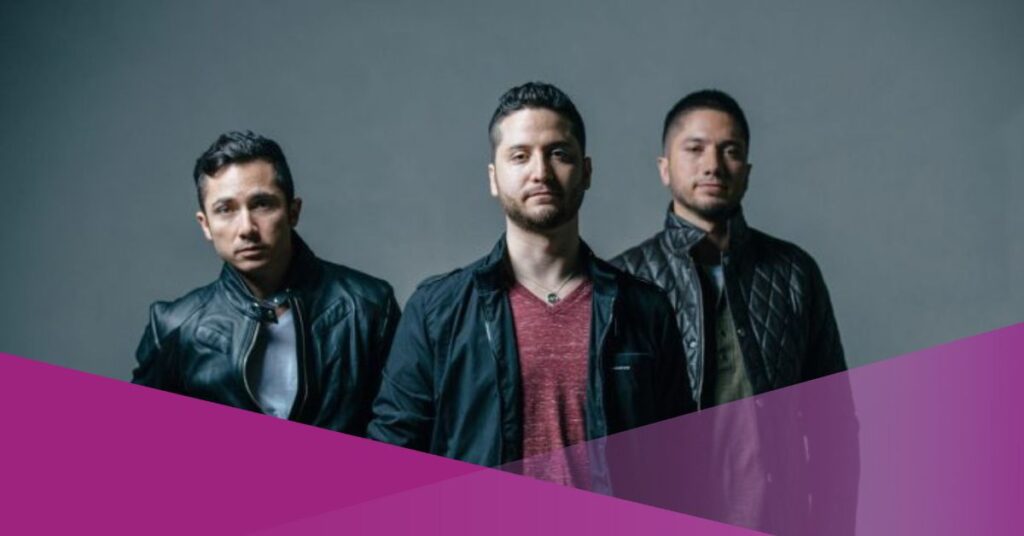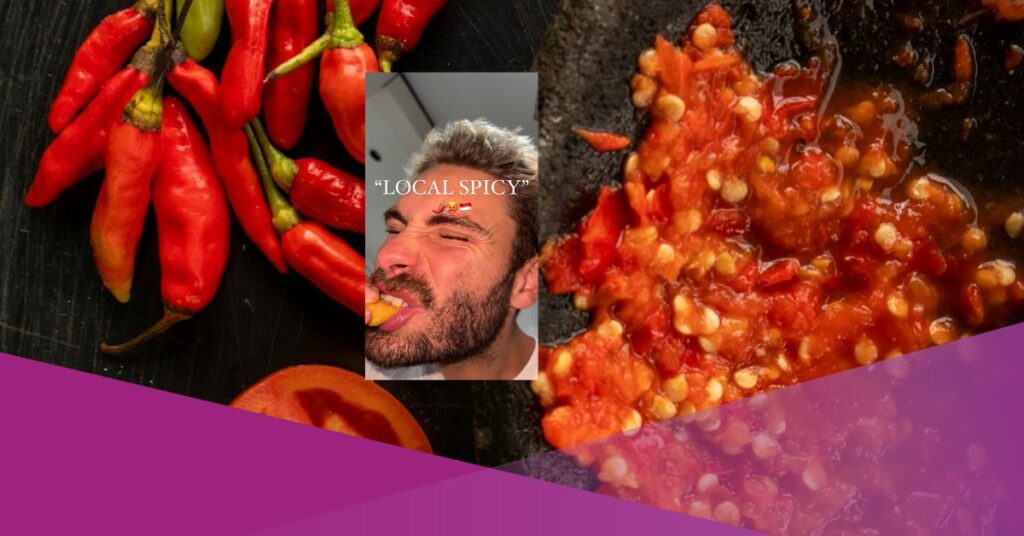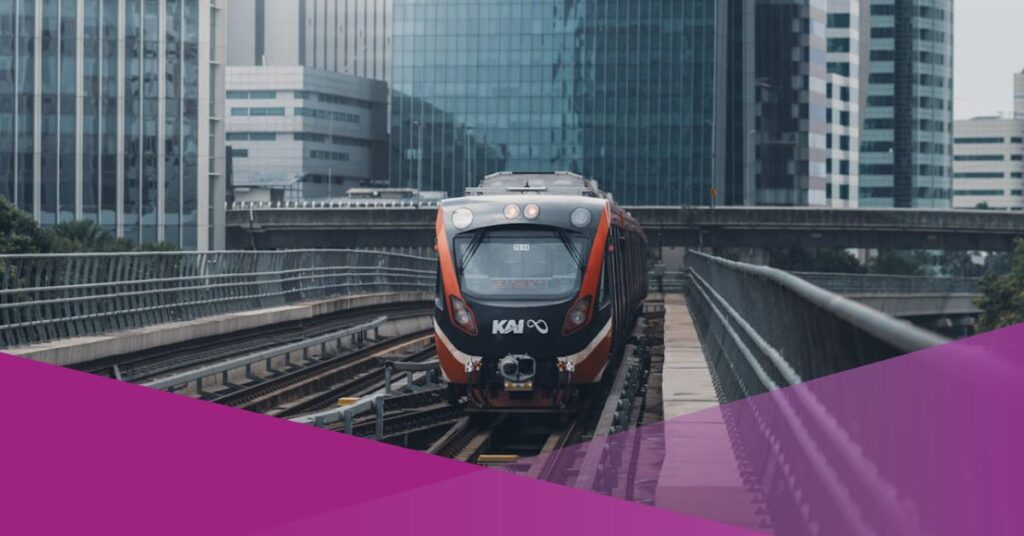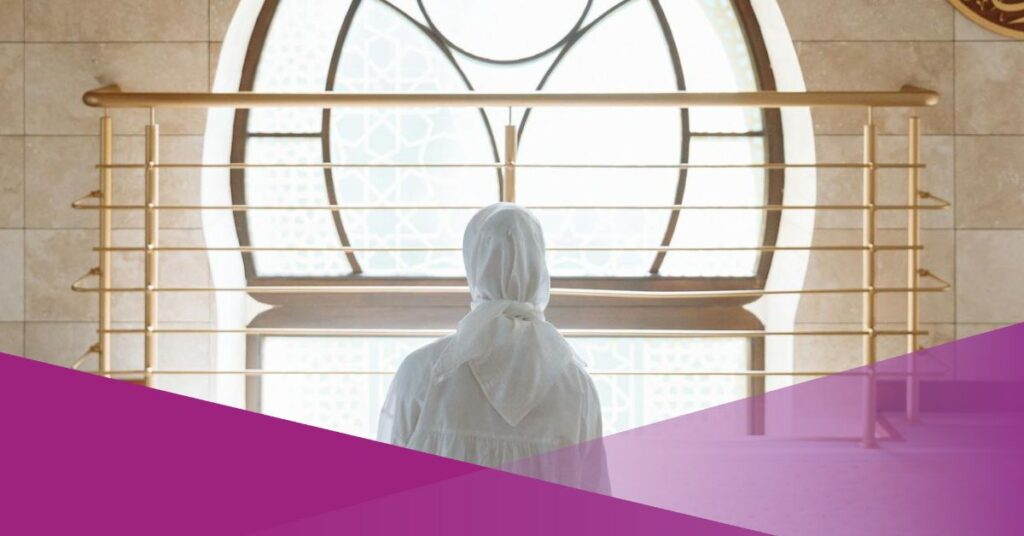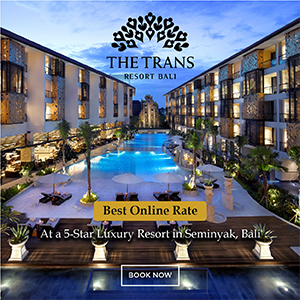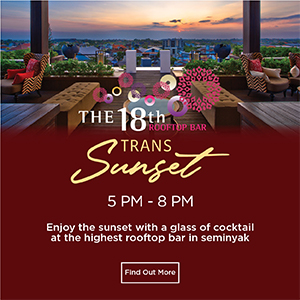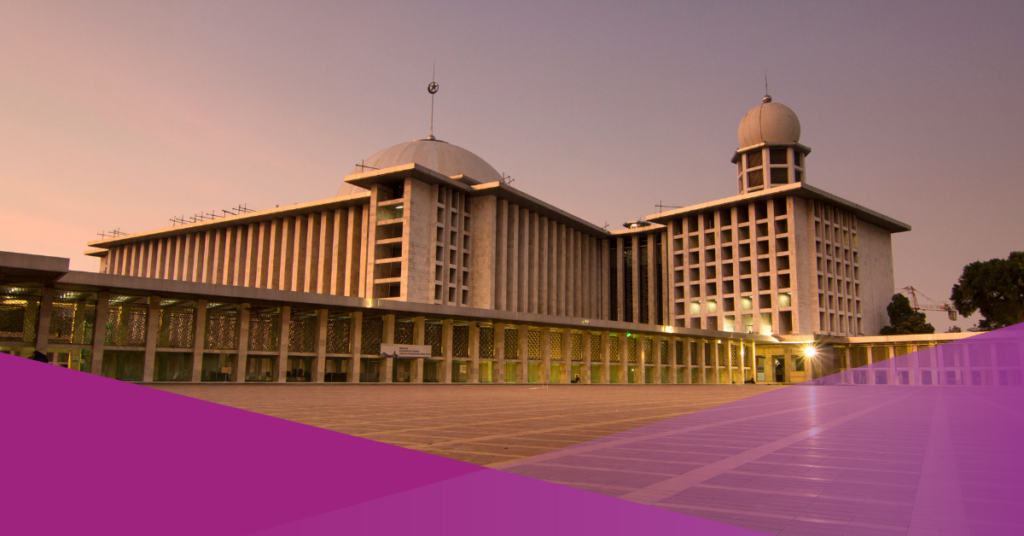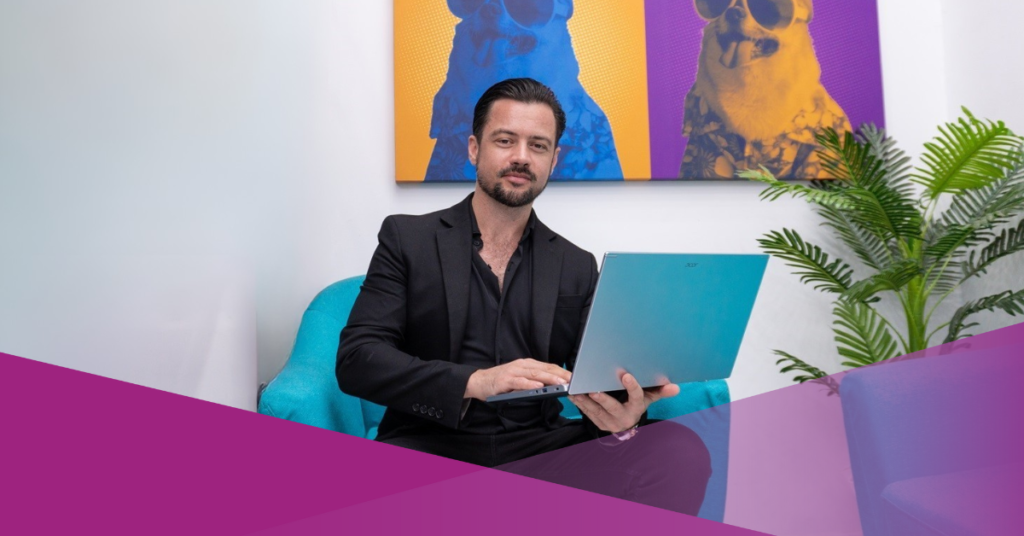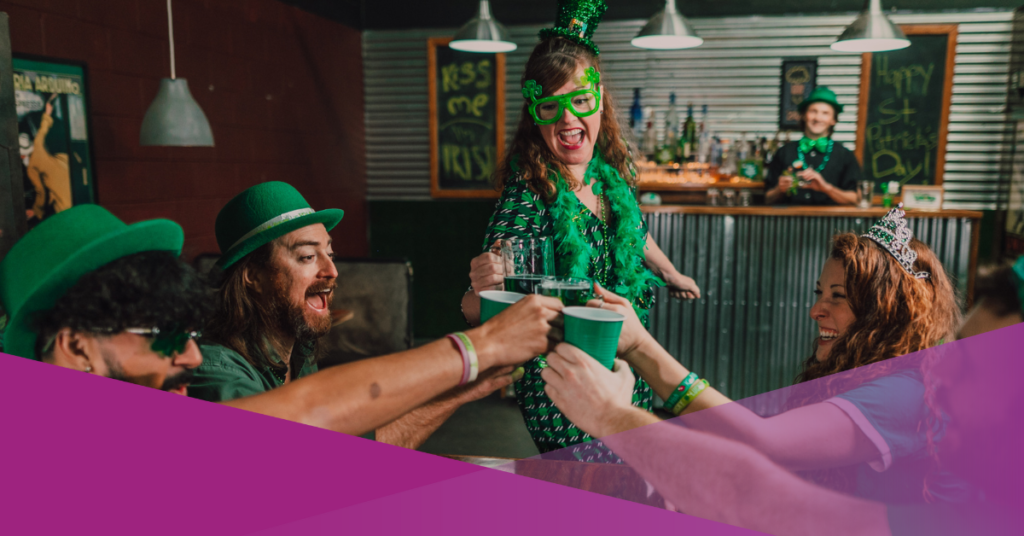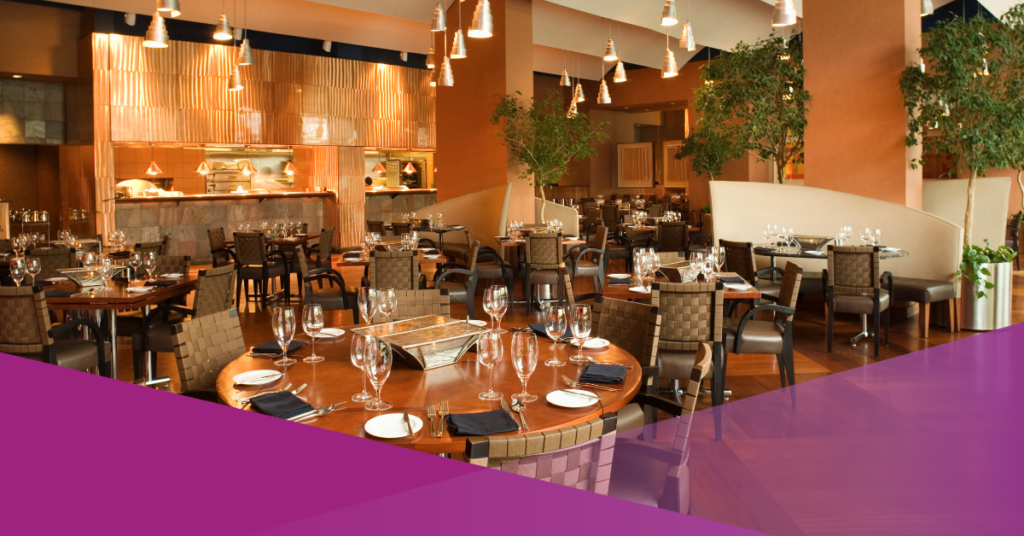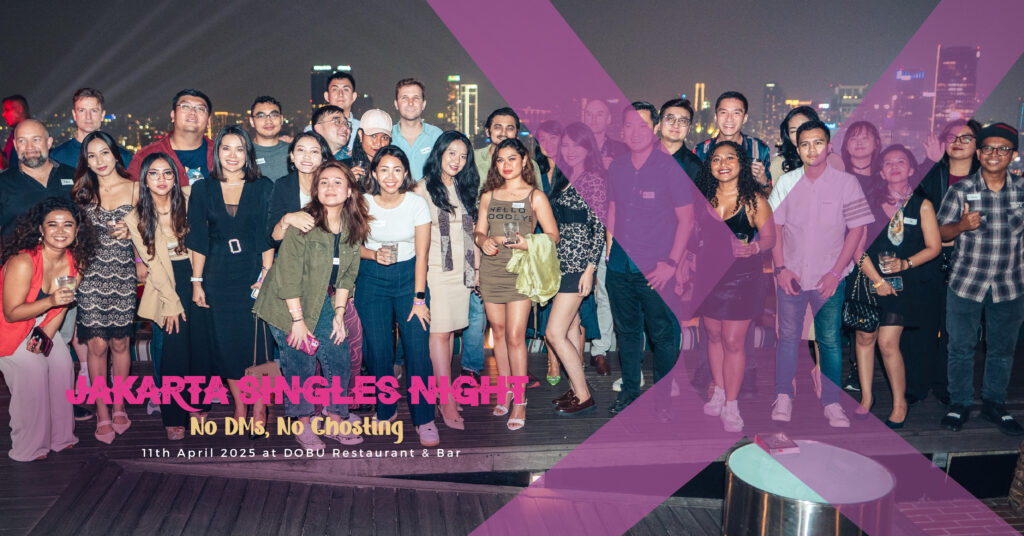Ijen Crater Tourism is one of those natural tourist destinations that are on many people’s to-do lists. This natural tourist attraction offers an exceptionally beautiful scenery that attracts local as well as foreign tourists. Before visiting the Kawah Ijen volcano, here’s everything you need to know.
About Kawah Ijen
The Ijen volcanic complex is a complex of volcanoes on the border of the Banyuwangi and Bondowoso provinces in East Java, Indonesia. The Kawah Ijen in this Java island is known for its blue flames, acidic crater lakes, and labor-intensive sulfur mining.
Kawah Ijen Crater lake is a natural tourist attraction in the form of a turquoise acid lake with a diameter of about 950 meters and 2769 above sea level. Located West of Gunung Merapi, Gunung Merapi is an active volcano located in central Java), Ijen crater lake has a turquoise-colored acidic crater lake. The color of the water is a result of its extreme acidity and high concentration of dissolved metals.
There also is the site of a labor-intensive sulfur mining operation. You will see the sulfur-laden baskets are carried by hand from the crater floor.
What is special about Mount Ijen Crater Lake?
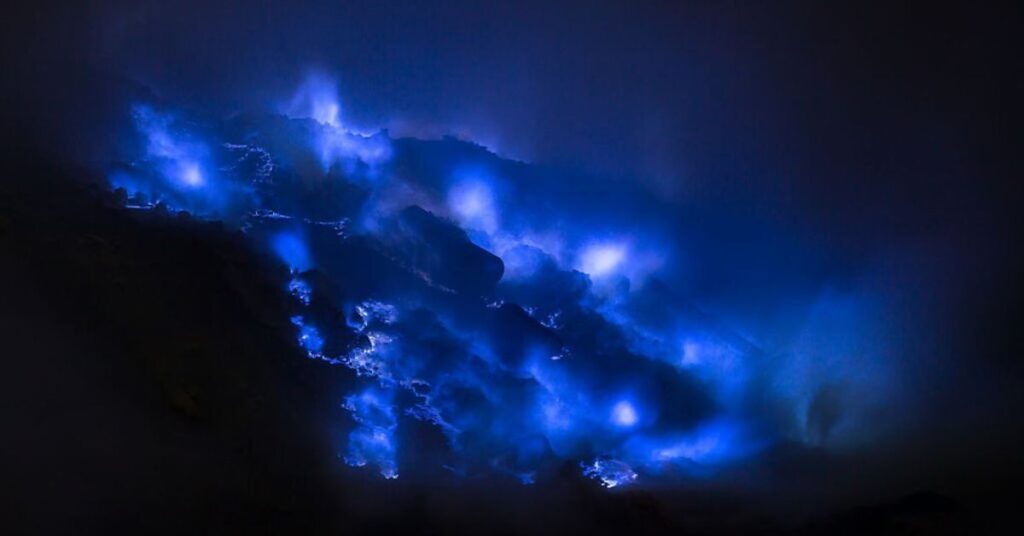
Once you arrived at the top, you will see the ambient fog covering the crater as the temperature is in the 2 degrees Celsius range. While, the acidity of Ijen Caldera lake can be close to zero, allowing it to quickly dissolve all kinds of objects that enter it. Also known as the largest highly acidic lake in the world.
Also, the Ijen Crater lake is an active crater and the pride of the people of East Java as it turns out to be located in the world’s largest acidic lake. With that, Kawah Ijen attracts tens of thousands and even hundreds of thousands of visitors annually.
During your visit, you will see so many edelweiss flowers mountain cypress flowers, and an area of Manislejo trees that lie on the road leading to the crater lake.
Our recommendation is to come to Kawah Ijen at midnight, as one of the main attractions of Kawah Ijen is the electric blue fire. The appears naturally from the center of the lake and is usually only seen in the early morning hours before 5 am. The blue fire is caused by burning volcanic gases and molten sulfur.
Uniquely, there are only two electric blue flame phenomena in the world, one in Iceland and another in Kawah Ijen, Indonesia.
Also Read: Karang Nini Beach: Attraction, Opening Hours, and More
How To Get There?
The Kawah Ijen Volcano tour is actually divided into two, namely the route to the tourist location and the route to the top of the Ijen Volcano.
For the route to the Kawah Ijen volcano tourist location, you can actually take a ride departing from the Banyuwangi City Station location point. From there, all you have to do is head towards Licin District and Banyusari Village. Later from Banyusari Village, all you have to do is continue the journey to the Paltuding route.
If you are staying in the Bali area, go to South Bali, it will take 4 hours to drive to the Gilimanuk ferry port and after crossing you will need to drive another 1.5 hours to Ijen.
As for the hiking trail to the top of Ijen Crater, you can start from Paltuding as the first climbing post. From here you just have to follow the hiking trail. The climb to Ijen Crater takes approximately 2-4 hours. Usually, people will start climbing past 12 at night.
What to Prepare To Visit Kawah Ijen?
Since the Ijen Crater tour is cold and you have to go through a hiking trail, you must wear prepared wear long pants, socks, closed-toe shoes, jackets, and strong stamina. Also, good hiking shoes, are better to come in the dry season as the trek is easier to do.
When we visited Kawa Ijen, the temperature was between 0 and 10 degrees with strong winds. This was cold and dangerous as some people were blown away.
The most important is to bring gas masks because some of the gas condenses in the atmosphere to produce flows of molten sulfur and the smell of sulfur gases is very sharp. In the middle of the lake, rain dilution resulted in a surface temperature of 23.5 °C and a pH of 0.48.
Sulfur Mining in Ijen Volcano
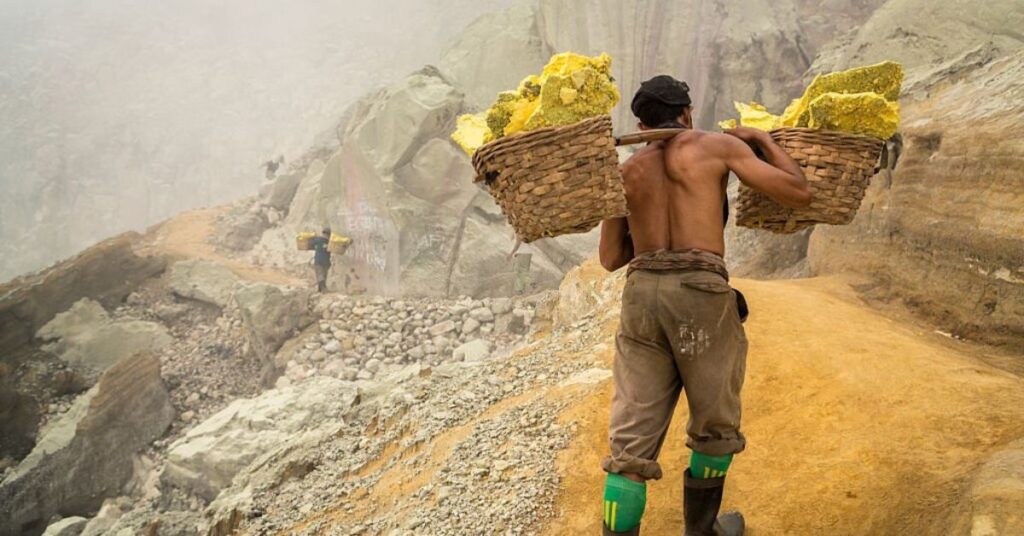
Miners carry loads ranging from 75 to 90 kilograms up 300 meters to the crater rim, with a gradient of 45 to 60 degrees, and then the sulfur is transported 3 kilometers down the mountain for weighing. They go twice to continuous daily deposits.
Most miners make this journey twice a day. A nearby sulfur refinery pays the miners by the weight of sulfur. For each kg of sulfur, anyone mining sulfur gets paid about IDR 1.300.
The gases are conducted through a pipe system that is cooled with water. Liquid sulfur condenses out of the gas, from deep red turning bright yellow as it cools. The sulfur miners break the cooled material into large pieces with iron rods and carry the heavy loads of native sulfur over steep terrain while breathing air rich in sulfur gas.
An active vent at the edge of the lake is a source of elemental sulfur and supports a mining operation. But, the sulfur miner sometimes receives insufficient protection when working around the volcano and complained of numerous respiratory afflictions, as they don’t wear a proper gas mask.
Also, Water from the crater lake through rare overflows and groundwater infiltration also enters the drainage basin of the river Banyupahit, causing natural pollution. Banyupahit river has a similar pH and dissolved metal content to caldera lakes.
Mount Ijen Tourism Lodging Recommendations
To be able to enjoy the blue fire phenomenon, the climber was advised to climb after midnight. Therefore, it is better if you stay around the Mount Ijen tourist area.
You don’t need to worry because there are many lodging options near the blue lava attractions, like:
Tropical Paradiso Homestay
This inn has an instagramable appearance because the decoration is similar to a modern cafe, which carries a combination of natural, bohemian, and natural themes.
Tropical Paradiso Homestay has a nightly rate of around IDR 200.000
Ijen Resto & Guest House
Ijen Resto & Guest House is located in the eastern part of Ijen Crater with a breathtaking view of Ijen mountain, the coffee plantation, and the rain forest. All-day meals are available here.
Ijen Cliff House
This cliff house is located in Jelun village and the house is offered a cliffside oasis where Javanese panorama meets tranquility and serenity. the pice here is about IDR 550.000 per night.
